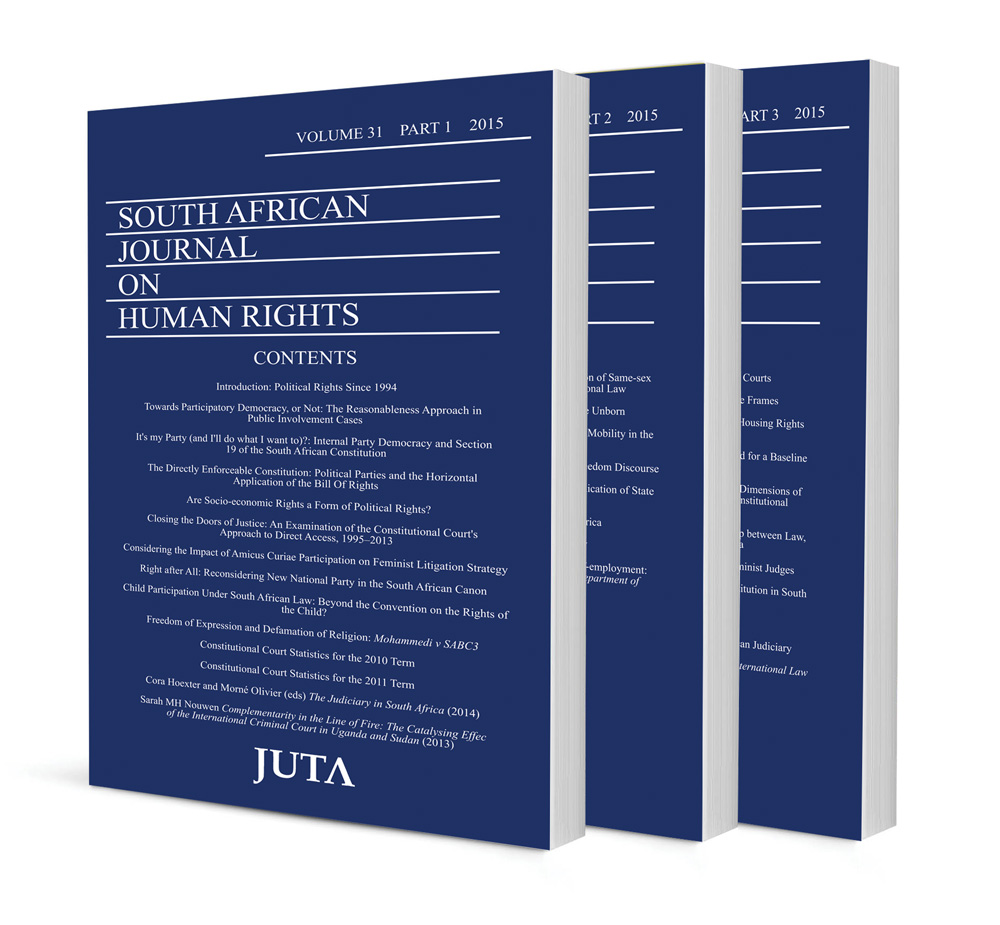The Traditional Courts Bill: A woman’s perspective

The Traditional Courts Bill: A woman’s perspective
Authors Jennifer Williams, Judith Klusener
ISSN: 1996-2126
Affiliations: Director, Women’s Legal Centre, Cape Town; Intern, Women’s Legal Centre, Cape Town
Source: South African Journal on Human Rights, Volume 29 Issue 2, 2013, p. 276 – 293
Abstract
The Traditional Courts Bill, should it become law, will intimately affect the daily lives of almost 17 million South Africans. The Bill seeks to give recognition to traditional leadership and its role in the dispensation of criminal and civil justice. Women form the majority of the rural population where the traditional courts predominantly function. Unfortunately, the Bill, as it currently stands, does not provide the necessary protection to the sector of the population that its implementation will affect the most — women. The Bill is ineffective in lending support to the progressive development that is occurring in customary law in relation to women. Furthermore, there are a number of areas (both civil and criminal) to which the court should not be extended jurisdiction, due to the patriarchal nature of the courts. Moreover, there is a distinct lack of checks on the power of traditional courts, a situation that is exacerbated because of a person’s inability to opt out of its jurisdiction. Women are particularly vulnerable to this all-inclusive power, as they form the majority of the rural population where traditional courts predominantly function.